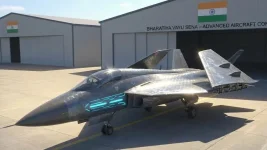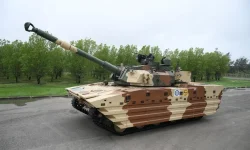- Views: 1K
- Replies: 8
India's Defence Research and Development Organisation (DRDO) is poised to take its Ballistic Missile Defence (BMD) program to the next level with Phase 3, focusing on countering advanced hypersonic threats.
The development of two new interceptor missile systems, AD-AH and AD-AM, will place India among a select group of nations with the capability to neutralize hypersonic projectiles.
While details of the program remain classified, the introduction of these interceptors signifies India's ambition to counter the growing threat of hypersonic weapons.
Traveling at speeds exceeding Mach 5, these weapons pose a unique challenge due to their velocity, maneuverability, and ability to operate within the Earth's atmosphere, rendering traditional missile defence systems less effective.
- AD-AH: Designed to intercept hypersonic glide vehicles, which are known for their ability to change trajectory mid-flight, making them highly unpredictable targets.
- AD-AM: Tailored for engaging hypersonic cruise missiles, which maintain high speeds while flying within the atmosphere, often employing complex flight paths to evade detection and interception.
This development underscores the strategic shift in missile defence, from countering ballistic missiles in exo-atmospheric regions to addressing the atmospheric maneuvering of hypersonic threats.
Traditional missile defence systems, primarily designed for intercepting ballistic missiles outside the atmosphere, are ill-suited for the dynamic and rapid nature of hypersonic projectiles.
As one defence analyst commented, "Such a weapon is needed because existing missile defence systems are ineffective against hypersonic glide vehicles and cruise missiles. This will be the first-ever interceptor with the speed, ability to withstand heat, and maneuverability required to intercept hypersonic threats in this environment."
The development of AD-AH and AD-AM signifies India's commitment to technological self-reliance in defence and its determination to stay ahead in the arms race, particularly in a region where hypersonic weapon development is accelerating.
These interceptors are expected to provide a significant deterrent capability, ensuring India can protect its airspace from one of the most challenging threats of modern warfare.


